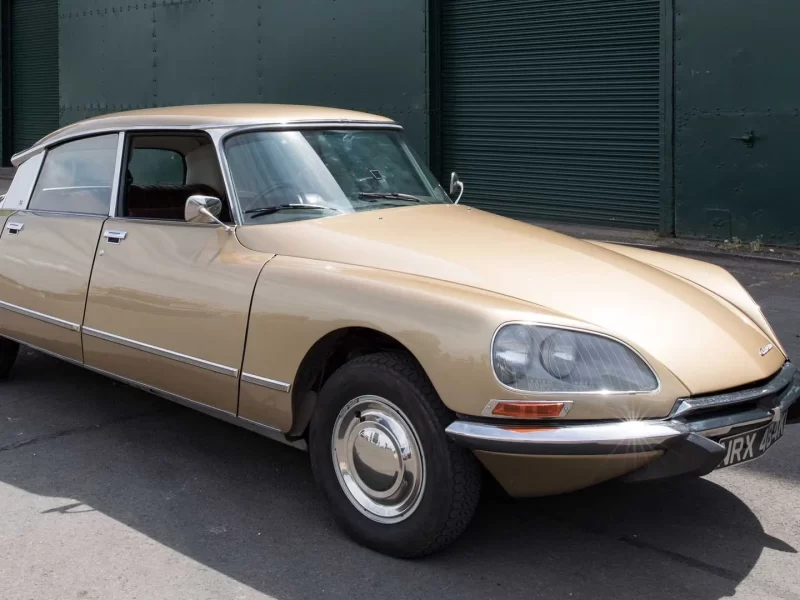
From Toyota HiLux to Volkswagen Beetle and Citroen DS: old petrol and diesel vehicles that are ripe for EV conversion
Content

The original Volkswagen Beetle is one of several old cars that is great for converting to an electric car.
One of the fastest growing topics around Cars Guide is the lifting of an electric vehicle. And as part of that, there's a healthy debate about converting conventionally powered cars to electric ones.
Millions of people watched Harry and Meghan go on their honeymoon in a Jaguar E-Type that was converted to an electric car, and the media and the internet are full of EV conversion stories.
But what are the best cars to convert now? Has there been a trend or is any conventional car ripe for the transition from ULP to Volts?
If you're thinking about converting your car to an electric car, there are a few considerations that will make your life a lot easier.
While technically any car can be converted, some definitely have an advantage. Essentially, these are cars that are simpler and have fewer on-board systems that need to be rebuilt when switching to electric operation.
For example, a car without power steering and even power brakes will be much easier to retrofit as you won't have to worry about the power steering pump (which was belt driven on the engine in the car's original form) or brake booster (which would use a vacuum from internal combustion engine). Yes, there are alternative ways to beef up the brakes and steering, but they require more electric motors and represent an additional drain on the converted car's batteries.
There are also good reasons to choose a car without ABS brakes and airbag systems, as these will definitely be more difficult to incorporate into a finished car. Again, this can be done, but the extra weight of the converted car's batteries can change what is known as the crash signature, making the stock airbags less effective than they could be. And any car that was launched with these systems would be virtually impossible to register and use legally without them. Saving the planet at risk is never a good idea. Don't forget that an accredited engineer will need to sign off on any EV conversion before you can hit the road. Your insurance company can also provide some advice.
Choosing a relatively light vehicle to start with is also a good idea. These batteries will add a lot of weight to the final product, so it makes sense to stick with light packaging. The extra weight will have an obvious effect on the performance of the car, but it will also affect the range.
There's also a strong school of thought that suggests that a simpler drivetrain layout wins too. In particular, a car with two-wheel drive, as this makes it easiest to package a new electric motor and transfer its power to the ground. A manual transmission will also work, as a torque converter automatic transmission requires the vehicle's engine to generate the necessary hydraulic pressure. That's another waste of power, and since an electric car only needs one gear anyway, an automatic transmission is a waste of payload and voltage.
Now, if you take all these factors into account, the road to a car that needs to be converted to electric actually only leads in one direction: old cars. Older vehicles tend to have the simplicity and technical features that converters are looking for, including typically lighter weight and two-wheel drive.
It has a subset of collectible or classic cars. A classic is a great start because it's half a chance to retain its value over the years. EV conversion isn't cheap, but if you can limit the cost to a smaller percentage of the car's value, you win. Converting a classic car costs no more than refinishing a cheap car, and in the end you get an investment and a great source of pleasure and satisfaction.
It is this element of costs that virtually excludes the re-equipment of modern cars. Assuming even the simplest conversion will cost $40,000 and up, once you get the battery packs (and do it yourself), converting say a Mazda CX-5 to electric and finishing with an SUV that now owes you $50,000 dollars makes absolutely no sense when you consider that you can now buy a used Nissan Leaf electric car that's ready to go and completely legal to drive for less than $20,000.
The next step for us is to offer you a list of vehicles that make the most sense - financially and practically - as candidates for conversion. The criteria is pretty simple; a car that is relatively easy to convert, and a car that never lived or died due to the performance or nature of its engine. Without any judgment, it would be wrong for us to convert a rotary-powered Ferrari V12 or a Mazda RX-7 to electric, as the engines in both of these cars were very important to the character and appeal of these cars. What about other classics? Eh, not very...
Air-cooled Volkswagen (1950s–1970s)
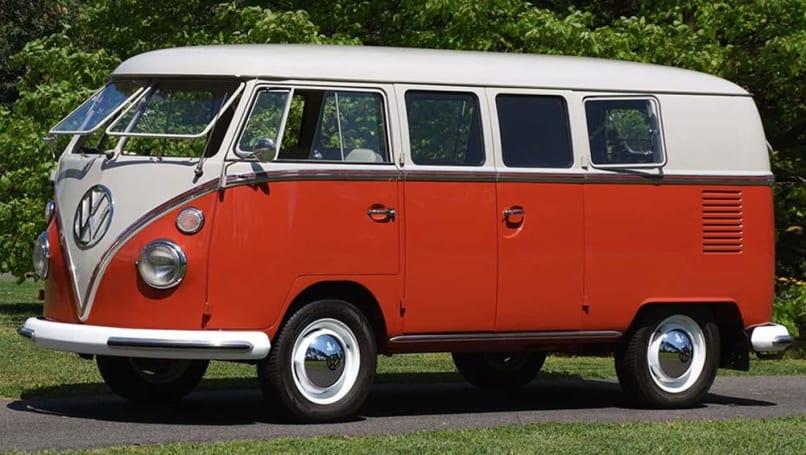
These vehicles have already established themselves as the conversion platform of choice for many, many EV converters. Mechanically, they have a manual transmission, rear wheel drive, overall layout and simplicity to make the life of the converter much easier.
Whether you choose the Beetle, the old Kombi, or the Type 3, they all have the same specs and are all relatively light to begin with. And while this air-cooled engine has its fans, a VW converted electric car will have about three times the performance of the old petrol unit. In fact, the engineer may need to upgrade the brakes to handle the extra power safely. And given how the market for older VWs is moving, you won't lose money on a deal if you have to sell it.
Citroen ID/DS (from 1955 to 1975)
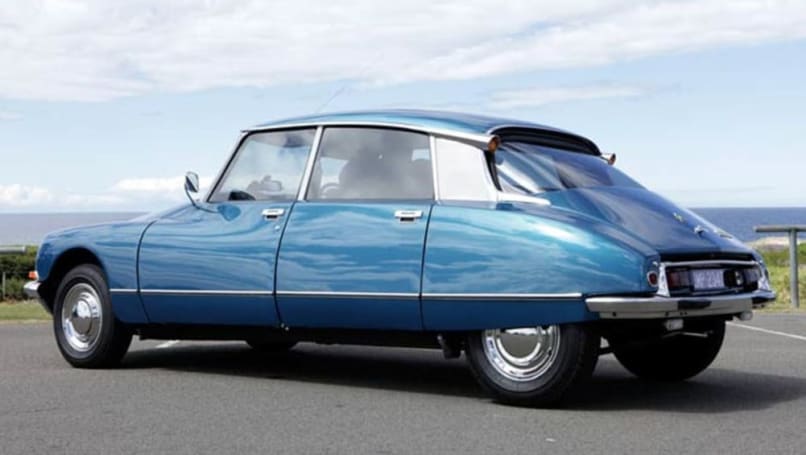
The sleek Citroen changed the planet's attitude towards cars when it was released in the mid-50s. His stylist was Flaminio Bertone, an industrial designer and sculptor. The car was an instant hit and is still featured in the pantheon of great automotive designers.
But if there was one thing that let Citroen down, it was that it never got the engine it deserved. Instead of a sleek, refined V6, it got a used four-cylinder engine from previous models. It was a good engine, but no one ever confused the powerplant with any of the outstanding qualities of the DS.
The car's hydropneumatic suspension and brakes pose a small hurdle to converting to an electric vehicle, as a second electric motor is needed to pressurize the system. This means the slightly less complex ID model, with its more traditional braking system and manual steering, is a smart choice. Either way, you'll get an amazing end result.
Land Rover (from 1948 to 1978)

We're talking about an old-school Land Rover, including aluminum body panels, part-time four-wheel drive, and rustic charm. Designed to be used for anything a post-war British farmer might require of it, the beauty of the original Land Rover lies in its simplicity.
It's definitely not a sports car, and even during the day, the acceleration from the strangely designed four-cylinder engine was slightly better than when walking. So why not forgo that and create an electric Landy that will have much more usable real-world performance in the 21st century?
The part-four-wheel drive layout is the sticking point here, but it's a very basic version of all-wheel drive and there's plenty of room for engineering. Meanwhile, it has enough space to install batteries and controllers without compromising its practicality too much. Perhaps the biggest hurdle will be finding axles that can handle the torque of an electric vehicle, as they were Land Rover's original Achilles' heel. And we're betting that, with the right tires, it can simply confuse many more modern SUVs.
Toyota Hilux (1968 to 1978)
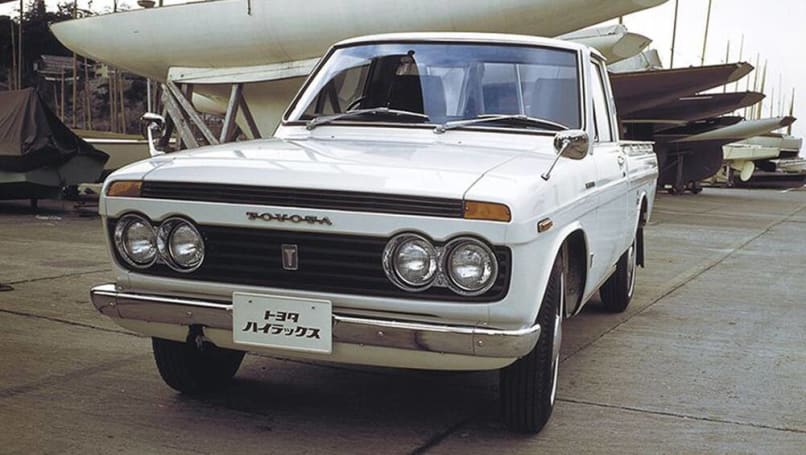
You can replace the HiLux with any early Japanese SUV, but the absolute Toyota ownership of these things means some of them are still in decent condition. The small Japanese utility inspires us for a variety of reasons: it's lightweight, relatively cheap, and offers plenty of room for batteries. Yes, you will sacrifice some cargo space, but by allowing you to fit heavy batteries in the space between the axles (which is not always possible), a small truck becomes a dream.
These cliffs were also incredibly simple. Fewer features and Toyota wouldn't be able to call them cars. But now that's great news, and the lack of comfort and convenience elements means that a HiLux EV with a short range between recharges won't be such a tragedy; you'll get bored before it runs out.
But is the early small Japanese car a classic or a collector's car? In the right circles, you can bet.
Triumphant deer (from 1970 to 1978)
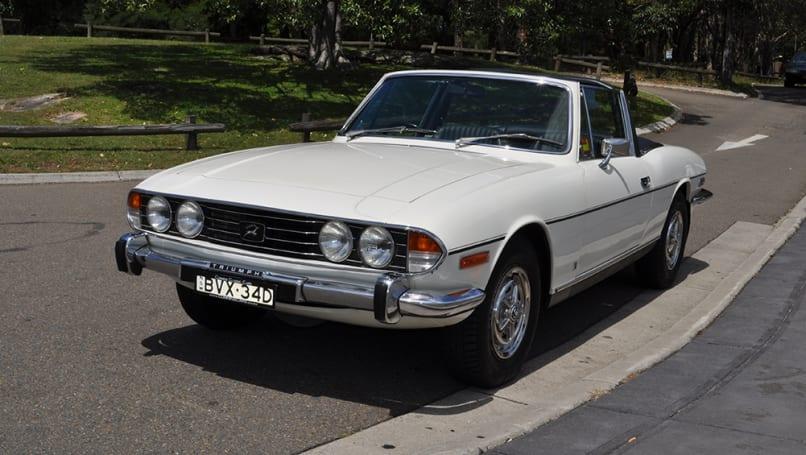
The Stag is generally considered a beautiful car. It featured the classic lines of other Michelotti designs, but somehow managed to look even better than its fellow sedans. But many (mostly mechanics) denounced him for the poor design of the engine, due to which he could overheat at the slightest provocation. When this happened, the aluminum cylinder heads warped and large sums of money began to change hands.
So why not get rid of the one thing that made the Stag a laughingstock and improve its performance, reliability and overall appeal in the process? Certainly. In fact, Stag owners have been swapping their cars for better, more reliable petrol engines for decades, so the switch to electric cars shouldn't upset too many people.
Despite the decent footprint, the Stag is by no means a big machine, so packing the batteries and controllers can be the biggest challenge. Another snag for the Stag might be to find an example with an optional manual transmission, as that would be an easier conversion. But once you understand that, you will have a truly sexy roadster that performs the way it was always supposed to, but rarely worked. You will also have possibly the only Stag in the world that does not leak oil.
